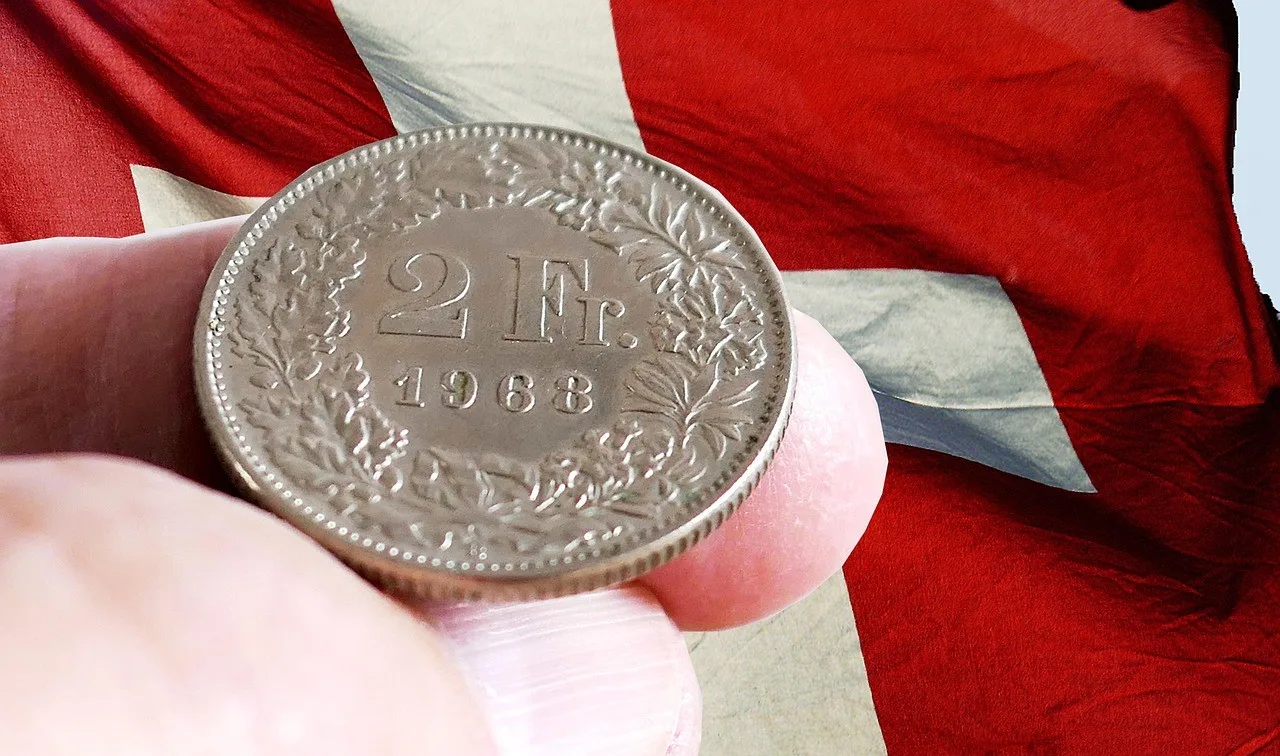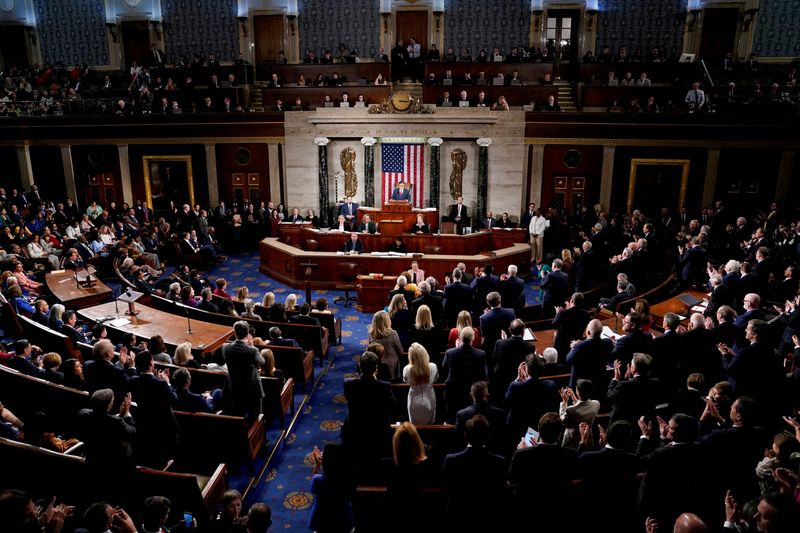
The Strength of EUR/USD and the Impact on Global Economic Dynamics
The recent surge in the EUR/USD exchange rate has sparked a debate on the implications of a weakening dollar compared to the euro in the international power play between the two geographical areas. It seems that Donald Trump has, for now, achieved his goal of seeing the domestic currency weaken. During his first term in the White House, the U.S. President waged a battle to prevent the greenback from gaining too much strength as he believed it would harm exports. This belief is still being upheld by Trump, even though some members of his government argue that a weaker dollar would impose a greater burden on the American economy.
Meanwhile, the euro is gaining favor among investors, with some financial observers suggesting that the European currency could emerge as an alternative to the dollar in global currency reserves. While this possibility has been discussed in the past, lack of confidence in European Union policies and the consistent dominance of the dollar in pricing commodities and other assets have thwarted any aspirations.
The Potential Changes in EUR/USD
With the escalation of the Russia-Ukraine conflict and the resulting sanctions on Moscow, many nations, including China, have been striving to reduce their reliance on the U.S. dollar as a store of value. This could signal a shift in paradigm that Europe could capitalize on. The euro has gained traction due to the improved prospects of an economic recovery in the Old Continent supported by extensive spending plans of hundreds of billions of euros earmarked by Brussels for defense, as well as Germany’s infrastructure and military investments. The key now is to solidify this market confidence.
To achieve this goal, economist and Financial Times columnist Martin Sandbù outlines three approaches that the European Union could take. The first is to postpone the scheduled debt repayment to fund the Next Generation EU fund. The debt stock should be perpetually renewed, despite the initial plan to decrease it over the next 30 years until 2058. The second involves consolidating various debt stocks already issued with joint support from EU member states. Essentially, all nationally-issued bonds and those to be issued to cover the €150 billion defense expenditure could be merged under a single issuing entity. Lastly, the EU could pre-finance future spending. By taking out loans in advance, it could maintain a stable and extensive total debt stock within the framework of negotiations for over €1 trillion over the next seven years.
According to Sandbù, the proposed initiatives “would help meet the demand for holding significant amounts in euros safely and would ensure the EU’s commitment to a deep and liquid euro asset market in the long term.” As a result, Europe’s financing costs would be reduced just as member states gear up for increased investments in defense and industrial policy, emphasized Sandbù.











